'Walk in, turn right, and then down that hallway.' The sound of cucumber sorting fills the background. We enter the office and meet growers André and Kees Vahl at their main location in IJsselmuiden.
When we are having a cup of coffee, Dries also walks by. The three of them form the management team of the cucumber nursery, which also has an organic cultivation location for tomatoes and peppers just down the road, as well as a branch in Germany. It is mid-April and cultivation is in full swing everywhere. Not much later, Leo Lansbergen of Fluence joins in, and, having just returned from a visit to growers in the United Kingdom, Barend Löbker also joins. This completes the 'team' behind the cucumber growers' decision to opt for LED lighting.
Behind a story already published in the jubilee magazine of Vortus. Vortus is celebrating their 40 years anniversary this year.
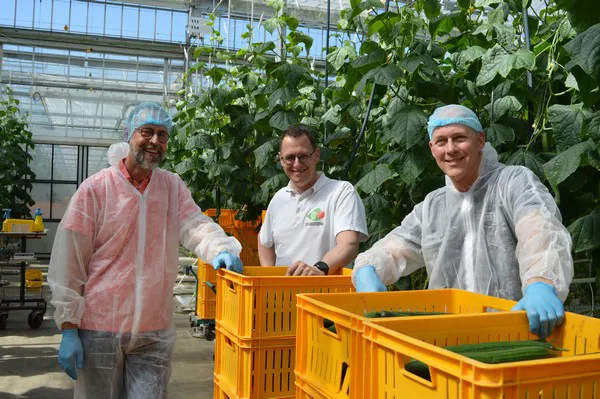
Barend, Kees, and Leo
In autumn of 2019, Barend and Leo met with grower Kees for the first time. How did that happen?
Barend: 'I had the opportunity to speak in Austin, USA, in October 2109 at the PHOTOx Summit organized by Fluence. I was asked to tell about my experiences with lighted cultivation. I did that together with Ep Heuvelink of Wageningen University & Research. The university conducted trials with full LED lighting in cucumber. I followed those tests. I ran into Leo at the event. He was really just employed by Fluence.'
Leo: 'That's right, it was literally my first week. We got talking. The event was about full-spectrum LED lighting. Barend already knew this from tests, he said.'
Barend: 'It was at WUR in Wageningen that I first saw cucumbers grow normally under LED lighting that year. That had never really worked until then. Anyway, I hadn't seen it yet. With full LED, it worked in that test.'
The Vahl brothers had also been working on their own experiments with lighting for some time. HPS fixtures were already installed in part of their greenhouse. Trials with LED lighting had also been carried out. Didn't like them?
Kees: 'We have tested several times with LED lighting in our cucumber cultivation. Each with a red-blue spectrum. That was not easy for us every time. As a result of those tests, we had actually already written off LED in cucumber. Until Barend called and said: 'Kees, I've now seen something that you should give another chance. This looks like what you have in your head.' Then I called Leo anyway.'
Barend: 'I was barely outside when I called Kees.'
The result came in very fast. Didn't that go very quickly?
Leo: 'Yes, of course! Fortunately, it turned out that both Vahl and Vortus were eager to share knowledge. Like us. Moreover, we were all willing to feed each other with information. That makes it a great example of how the entire ecosystem comes together.'
Barend: 'Both Leo and I are technical cultivation people. This allows us to spar well together, also with Kees. We both took a piece of knowledge with us to IJsselmuiden, but it is Kees who ultimately makes the choice, together with André and Dries. They are in control.'
Kees nods. 'For us, the crop consultant is someone who provides information. Someone with whom you can consult without the cultivation consultant forcing the grower his way of growing. We must ultimately bear the responsibility. As a grower, you make many decisions every day. It's nice to get good advice.'
Leo agrees. 'Before I started working at Fluence as a service specialist, I worked at a breeding company and before that as a cultivation consultant. From that time, I learned how important communication is. I think it is just as important for an educator or consultant to use your ears as your mouth.'
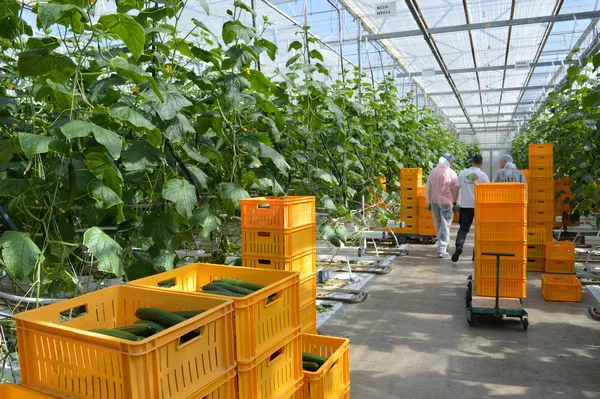
Together, the men agreed to start a trial on 2000 square meters. But by then, it was already winter. Wasn't it already too late?
Leo: 'No, but there was some rush to get to the last part of the darkest four months in the trial. It was planted on January 2. On February 3, the lamps were switched on in a greenhouse in which, as much as possible, could be controlled separately. A separate heating compartment, separate aeration, and watering came in handy for this. It was not possible to administer CO2 separately and measure EC.'
Barend: 'With the trial, learning to grow with full LED really started for us. In Kees' greenhouse, we learned what we could do with the lamps. Until then, I had mainly seen it at WUR.'
Leo: 'We started registering a lot from the start.'
Barend: 'First, the plants were sown with a normal density. However, the plants grew so fast that we realized within a week that an extra stem was necessary. I had already heard about this from colleague Tineke (Goebertus ed.) van Vortus from Canada. At the same time, she ran a similar test, also in terms of design, with full LED. Fluence hung there too. Leo didn't even know that when we first sat down at the table. I could also spar well with Tineke, just like with Kees and Leo. We saw many of the same things happen. One of the conclusions we drew was that in a fully LED-lit cultivation, you needed a single plant. Not a topped plant. Such a lamp produces so much energy that the foundation, the plant, must be very strong to be able to convert all the energy into cucumbers.'
Kees: 'For us, that test was necessary to dare to scale up. Full LED in cucumber was something new that we didn't just want to rely on tests at test stations. We really wanted to see it with our own eyes in our own greenhouse. When that turned out to be going well, we went for 2.1 hectares.'
What makes this full LED cultivation in cucumber so special?
Leo: 'Based on solid test results in close collaboration with a spokesperson, grower, and LED supplier, this became the first long-type cucumber crop grown under full-top LED in the Netherlands. What is very special is that the Vahl brothers have switched from unlit cultivation to fully LED.'
Barend: 'For us, it was a risk, once things were going well for Vahl's cultivation, to say: 'Full LED from Fluence is good.' We like to remain independent as a consultancy. On the other hand, we also believe that if something is good, you should say so. That does not mean that we are no longer independent. We also serve plant breeders and growers at the same time. The same applies. He who has good plants does well, and if we are asked, we will name what is good. The grower still has to choose for himself.'
The latter also applies to the cultivation consultant with whom the grower wants to work, right?
Barend: 'Secure. Growers got to know me through then-consultant Rien Rodenburg. I was going to take over his customers.'
André Vahl, who does computer work in the cafeteria during the conversation, still remembers it well. Andre, laughing: 'At first, Barend did not immediately reach all growers when he took over Rien's customers. Some thought he was still too young and inexperienced. However, they soon got back to it. He was soon welcome everywhere when they saw what he had to offer.'
Kees: 'Cultivating is the same as getting your driver's license. Ultimately, you learn the trade in practice. This also applies to information officers.'
The men discuss the shortage in the labor market and the difficulty of finding new, skilled people.
Leo: 'When I was still at school, you could easily have sixty people in one academic year on a horticultural course. Now the rinse is much thinner.'
Kees nods: 'I see it in my daughter at school. Very few choose horticulture there. That also means that fewer new, young information officers are emerging.'
When the men sit down at the table, it's not just about cultivation-technical matters. That much is clear. How did Kees end up in Germany as a grower?
Barend: 'A German customer of mine had to deal with the sudden death of a manager. The other manager and the owner was so shocked by this that he no longer dared to continue the planned expansion on his own. Shortly before that, Kees had dropped something along the lines of 'wanting to look abroad.' That tragic death made me think about that again. I decided to poll Kees.'
Kees: 'A day later, after consultation with my wife, I drove that way. I ended up staying there for 5.5 years. We went to live there. I became a shareholder in the nursery in Bralitz. I still go there regularly, although I now live next to one of our locations here in IJsselmuiden. The fact that I also started growing in Germany was certainly thanks to Barend.'
In conversations about the move to LED lighting, the complete picture was extensively examined and discussed. Which topics were reviewed?
Kees: 'We discussed everything prior to the project and took many things into account beforehand. Winter cultivation with lighting starts with sales. If it isn't there, don't start it. Nevertheless, electricity becoming very expensive was an unforeseen scenario' Kees refers to the energy crisis that has been making itself felt in greenhouse horticulture since last autumn. No one escapes it.
Barend: 'We are now making the same considerations that we previously made about lighting, but now about energy. You have many variables to take into account. Plant dates, the amount of pieces you want to get... You need to have a plan for this, but in such a way that you are still flexible afterwards to react to what is going on. That is the challenge, always.'
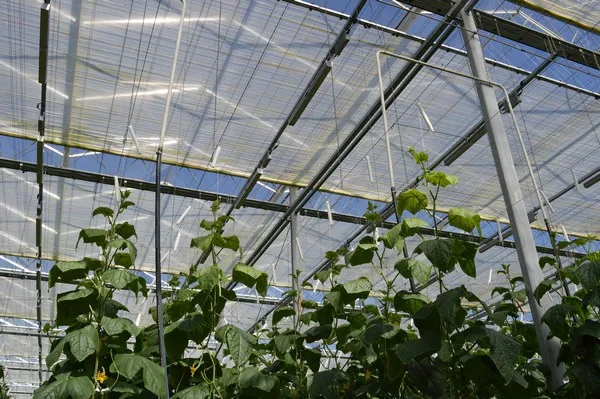
You are used to something in horticulture, aren't you?
Kees: 'Unfortunately, yes. I still remember the Ehec crisis of 2011 well. Then we had to throw away one million cucumbers. Precisely in the period when we were also working on the first drilling for geothermal energy. I will never forget those hectic times.'
Leo: 'And in the end, it wasn't even the cucumbers. But yes, that only became apparent later.' Barend, with a sense of understatement: 'That cost a lot of money back then.'
Vahl's geothermal activities have been mentioned. Vahl was there early.
Kees: 'You have to keep developing, don't you.'
Barend: 'If father Vahl hadn't replaced his older greenhouses with higher greenhouses in the past, with fewer loose paths, it would have been very different now. Now there is a modern, innovative company here in IJsselmuiden. It gives the opportunity to illuminate.'
Kees: 'Replacing the older greenhouses was a step my father took when it turned out that Dries and I were joining the company. After my father left, we invested in geothermal energy.'
Leo: 'Innovation and sustainability, that's what this company is all about. I like that.'
Kees nods: 'We really think like a family business. You hope that the next generation will take over, and you want something good to be there. A second geothermal source is important here. That source had been coming for a while, but now it's really here. It took longer than hoped.' In light of the current crisis followed by: 'Actually, we are lucky that we can always sleep.'
Has that never been different?
Barend: 'During the time that clavibacter was on the rise in tomatoes, André really had a headache. It was at the time when Vahl also had tomatoes. In the fall. Autumn tomatoes. This was chosen because of virus pressure in cucumber.'
Kees: 'We also had really good years with those autumn tomatoes. The tomatoes yielded good prices in those years. Until lit cultivation came up.'
Was tomato new to Vahl at the time?
Kees: 'We had always had tomatoes as a hobby. So we knew we could do it.'
Even today, tomatoes are not completely out of sight. There is a test row in the greenhouse.
Kees: 'As a grower, you always keep some options open. This is especially useful at this time. With what is happening now, illuminated tomato cultivation could be an option. As a grower, you always try to look for what no one or only a few are doing yet. It's not easy, but you try. That was the case with autumn tomatoes, with geothermal heat, and now with full LED again.'
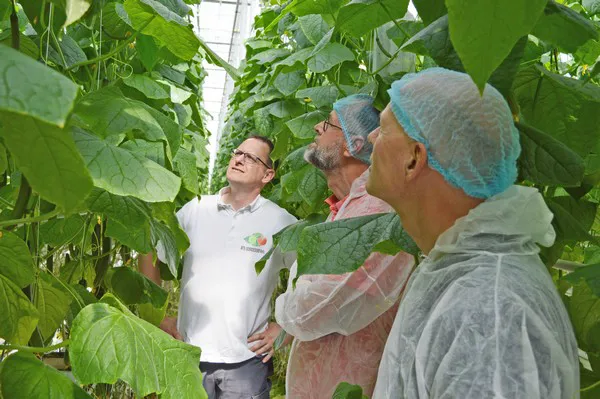
The row of tomatoes is in the greenhouse where cucumbers were grown on 2.1 hectares with full LED in the winter of 2021/2022. It is noticeable that the plants are relatively young.
Kees: 'This spring, the cultivation went out early in the illuminated greenhouse, and we started a new cultivation there. We hadn't thought of that in November, but two months later, we opted for this because the costs were too much for us, even with the use of geothermal heat. Electricity has become so expensive. We then made a calculation, quickly put in a new crop, we started to use the lamps differently, and in that way, we got to the market early. That went well. Until we encountered a very dark period in April. Then you just didn't want to turn on the lamps, given the cost.'
Leo nods. 'Even if you have a plan, you have to stay flexible. After all, horticulture is characterized by many fluctuations. You have to face that. A sounding board will help. That is my role, but certainly also Barend's.'
Kees: 'Friends of mine from other sectors don't get it when I say that in horticulture, you often don't know exactly what you are going to earn until very late. You have good and bad years. It is important that these less good years do not occur too often in succession. And that if things go a little less, you can explain why. As long as you can do that, you'll be fine.'
Once in the greenhouse, the new cultivation in the greenhouse with LED lamps is in full swing. Kees, Leo, and Barend are walking around. Satisfied?
Kees: 'What I find most special is that there is virtually no abortion, not even in high summer. In my opinion, you can really see the effect of LED here, especially if you use it all year round.'
Leo: 'Many growers still have an HPS mindset. Now that they also use LED in the summer, you try to get the most out of it. We started with maximum lighting, but now that energy prices have started to rise, the focus is on optimal lighting. There is still a lot to learn about that. In the first year, the greenhouse was dimmed to radiation; now, we dim energy prices. It's a matter of being flexible.'
Kees gives an example: 'If I had known a month ago that the cucumbers were going away for 80 euro cents towards Easter, I would have switched on the lights. But you can't predict that.'
Barend: 'If there was already a scenario for lighting with full LED in cucumber, it could end up in the trash last winter. So to speak. Together we have already gathered a lot of valuable knowledge and stored it. So we really do keep the script.'
For more information: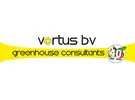
Barend Löbker
Vortus
[email protected]
www.vortus.eu
Leo Lansbergen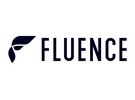
Fluence
[email protected]
www.fluence.science
Kees Vahl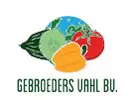
Gebroeders Vahl B.V.
[email protected]
www.tuinderij-vahl.nl
